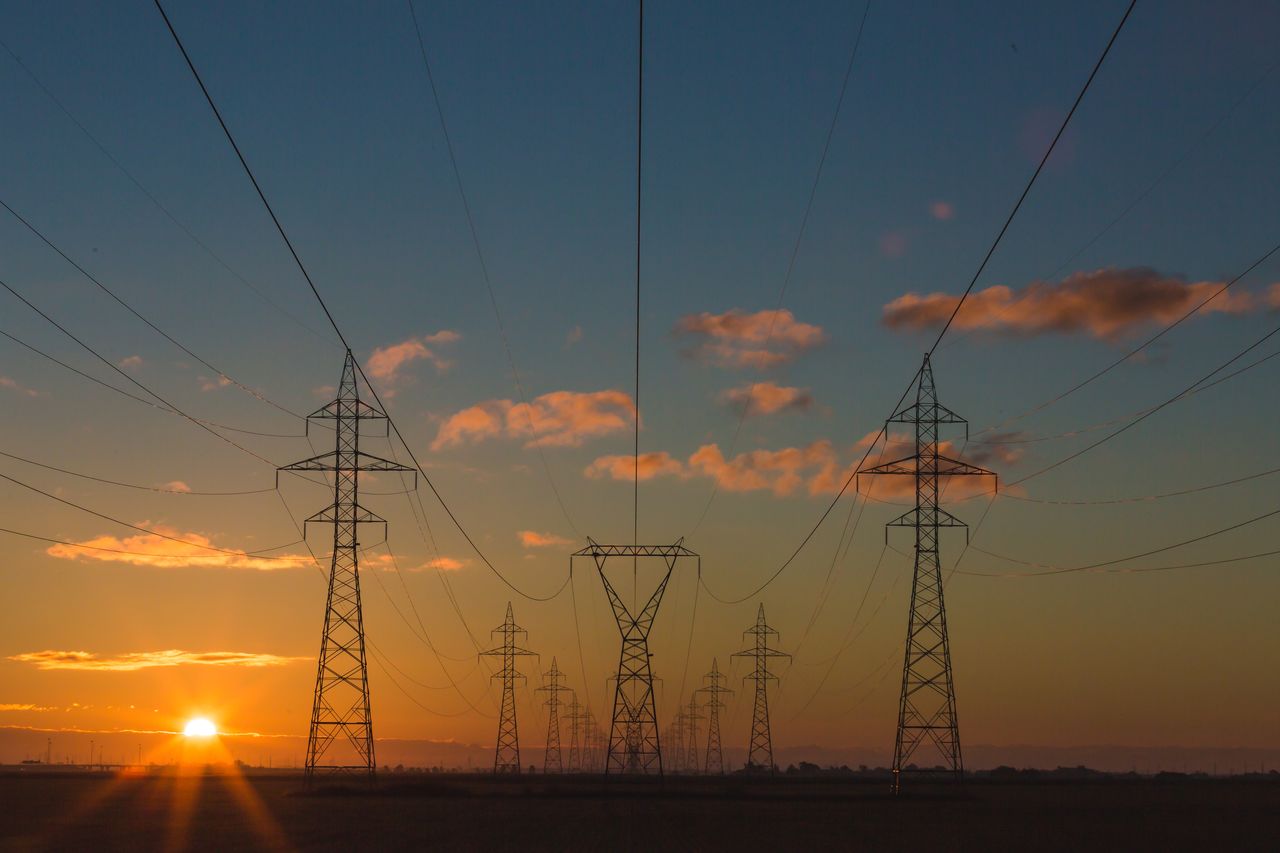I have previously focused on the byproduct of the sewage system, sludge, and how it became a resource among Swedish farmers. Now, I am expanding my focus, still within water and sewage, towards extreme weather and climate adaptations.
The water and sewage sector faces enormous challenges due to the changing climate. Much needs to be done, and much is already being done; the question is what and how it is framed. If there is one thing that climate change research shows, it is that we need to find new ways to imagine the future. The problem may be that these imaginations are too influenced by how we have traditionally solved various issues that have arisen. These solutions have often been large-scale with the hope of solving a problem once and for all. But perhaps there are other ways. These I want to explore.



